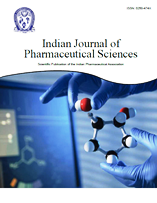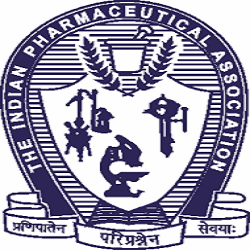Abstract
The Increase of Fungal Shrimp Disease Fusarium solani In Response to Water Quality
Department of Biology, College of Science, Jazan University, Jazan 45142, Kingdom of Saudi Arabia
Correspondence Address:
Sultan Areshi, Department of Biology, College of Science, Jazan University, Jazan 45142, Kingdom of Saudi Arabia, E-mail: smareshi3@gmail.com
Water pollution may increase the abundance of viruses, bacteria, filamentous fungi, algae and protozoa that parasite on freshwater organisms causing an effect. Over the past few decades, various species of pathogenic fungi have been reported to cause numerous diseases in different countries. This study aim to examine the relationship between the increase of fungal diseases (caused by Fusarium solani) and water quality through comparison of the morphological characteristics between prawn shrimp (Penaeus monodon) among two regions (polluted; Jazan Sea vs. unpolluted; Farsan Island). We collected samples from two different regions and measured weight (g), body length (mm), and antenna length (mm) as well as reported color and black spot. We also isolate fungi from 10 sample for each study region to diagnose fungal disease of Fusarium solani. We finally measured parameters of water quality including PH, temperature, O2 (mg/l), total dissolved solid (mg/l), total organic carbon (mg/l), dissolved organic carbon (mg/l) and biodegradable dissolved organic carbon %. Results show a significant variation in the morphological characteristics of prawn shrimp (Penaeus monodon) between the two study regions in terms of shape, color, weight (g), body length (mm) and antennae length (mm) as well as variation in water quality components. A relationship was found between water quality and the increased incidence of fungal parasite Fusarium solani of prawn shrimp (Fusarium solani). Good water quality was observed on Farasan Island, associated with species uninfected by Fusarium solani. In contrast, the Jazan Sea, where most species were found to be infected with Fusarium solani, was associated with poor water quality, affecting morphological characteristics. Therefore, we aim to establish a theoretical basis for early prevention and control of fungal diseases in shrimp associated with water quality.
Full-Text | PDF



